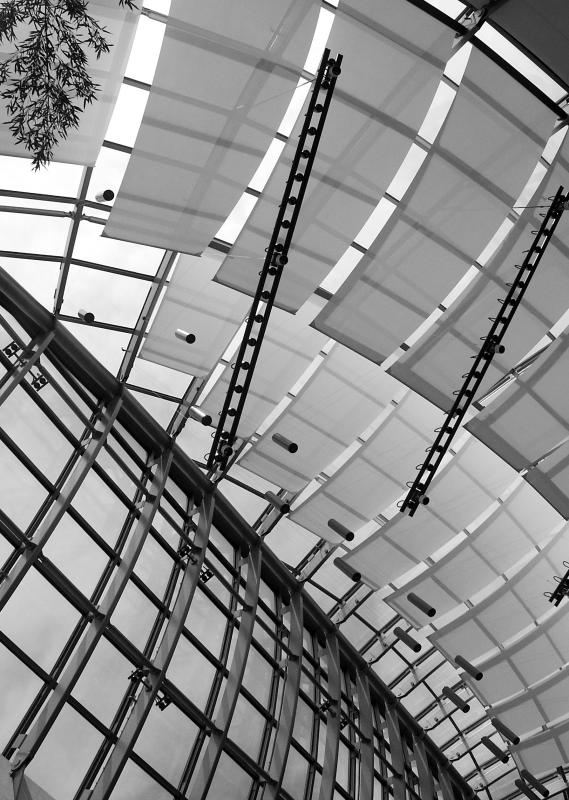
Salem
“The roots of the Peabody Essex Museum date to the 1799 founding of the East India Marine Society, an organization of Salem captains and supercargoes who had sailed beyond either the Cape of Good Hope or Cape Horn. The society’s charter included a provision for the establishment of a “cabinet of natural and artificial curiosities,” which is what we today would call a museum. Society members brought to Salem a diverse collection of objects from the northwest coast of America, Asia, Africa, Oceania, India and elsewhere. By 1825, the society moved into its own building, East India Marine Hall, which today contains the original display cases and some of the very first objects collected.” This quote from Salem, Massachusetts’ Peabody Essex Museum’s website, relays the museum’s history to a tee. Classified as one of the oldest museums in the United States, it holds objects and ideas ranging from the times of the newly-born country all the way to modern times. Because of this, I believe it to the most history-linking venue of our day in the city of Salem. Particularly displayed in the East India Marine Hall, which is the oldest room of the building, the museum seems to tightly tie the past and the present together in a double knot. Through aspects of architecture, art, and authentic artifacts, a concrete consciousness of such an interaction of old and new is present.
With Salem being one of the most significant seaports in early America, the museum has it’s own way of flaunting such a momentous maritime detail. Just as the city found it’s fortune in the East Indies Trade, the Peabody-Essex found pride in showcasing their history with intricate and thoughtful architecture. The brick wall and shape-varying gables on the side of the building pay homage to the houses of early Salem, while the curved, ship-shaped glass roof of the atrium symbolizes Salem’s pelagic past. The construction has a very modernized feel until you are aware of it’s hidden meaning, reflecting Salem’s aged architectural history with a contemporary sort of flair. I found this secret symbolism to be quite intriguing and oddly satisfying. Seeing the museum at first glance, I would have only observed the current-looking ceiling and neatly placed brick wall without noticing their significance. I feel that being let in on this sensibility of the style made me see the museum, in it’s entirety, in a whole new light. Even the small details of the ship windows on the stairway leading to the second floor seemed to be part of this ingeniously gratifying tribute to Salem and it’s historic culture.
The stature of Salem was also clearly evident in the East India Marine Hall, which was the most antique (and unique) portion of the museum. Aside from being historic in itself, the room held all different kinds of artifacts, portraits, and ship masts of the city’s early years. Dedicated as the first permanent home for the East India Marine Society’s museum, the people of Salem would gather in this hall and marvel at it’s curious cabinets filled with goods from all corners of the world. It seemed to me that the walls and windows of the hall held just as many artifacts as it’s cupboards, in a different way. The relic of the room alone and the ability to peer through a different lens to imagine the ladies and gentlemen of the city gathering in this same exact hall is simultaneously thrilling and and chilling.
Coupled with varying emotions, I elect the Peabody Essex Museum as the venue most efficient at preserving the antiquity of the city of Salem while still keeping itself up-to-date and very much in the present. Through it’s insightful artifacts, art, and architecture, the Peabody Essex puts Salem’s history on a pedestal in a very up-to-date way. Having the capability to appeal to many eyes, ears, hearts, and heads, as well as say allegiance to the history of Salem is quite a notable accomplishment for the museum. Viewers are able to walk in from their 20th century lives and seamlessly immerse themselves into centuries earlier than they can imagine.
